[rank_math_breadcrumb]
Why go
Where to go
When to go
Travel advice
Tours & safaris
Accomodations
Travel articles
Enquire
Tanzania Safaris
From the Wildebeest Migration to the Big 5 and Tropical Beaches
Safari happens almost everywhere you look in Tanzania. It’s been a way of life in East Africa’s second-largest country for decades. Few destinations in Africa can rival Tanzania’s diversity of wildlife and landscapes. From the classic savannah destinations of the Serengeti, Tarangire and Ngorongoro Crater to the beaches and coral reefs of Zanzibar, a Tanzania safari delivers one massive experience after another. And that’s before you discover the off-the-beaten-path gems like chimpanzee trekking in the untouched rainforests of Mahale and Rubondo, or crowd-free game viewing among the beautifully wild and unique landscapes of Nyerere (previously Selous) and Ruaha.
From incredible year-round game viewing to the Wildebeest Migration and tropical beach finales, here are some of our best reasons to go on a Tanzania safari:
1. Witness the Great Wildebeest Migration
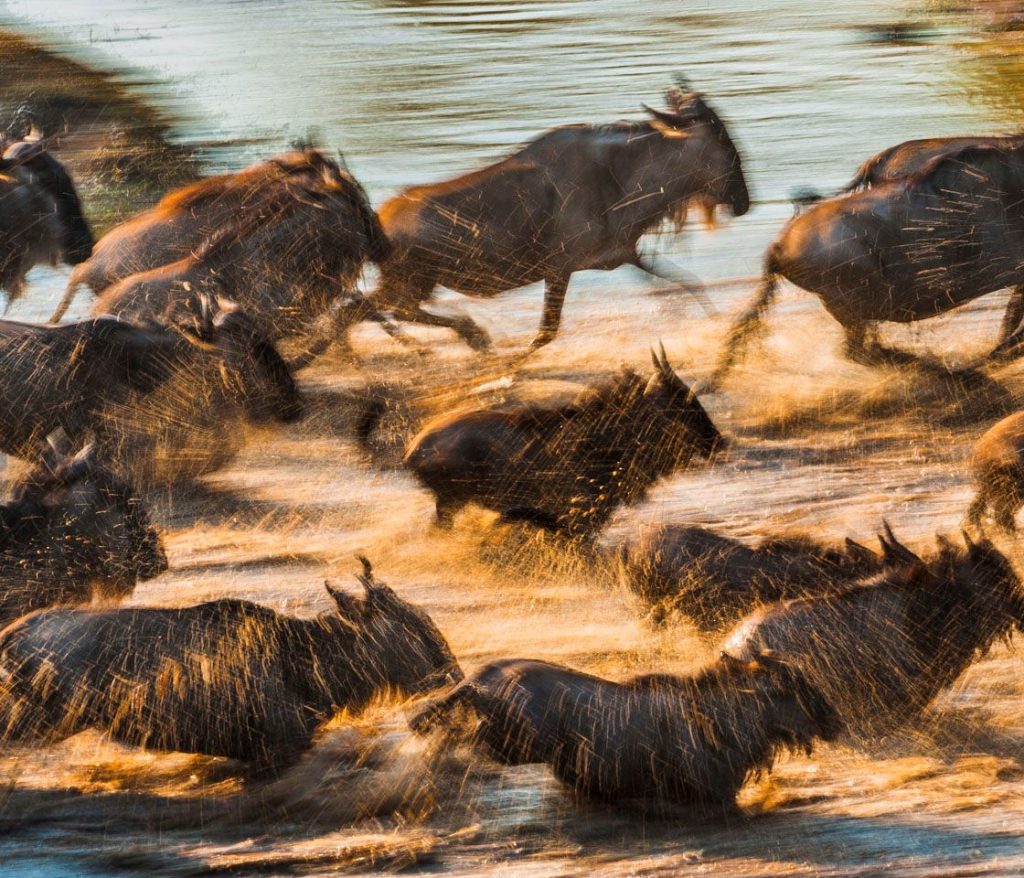
Hardly any other destination on Earth can offer a wildlife encounter to match the annual Wildebeest Migration. Forming the centrepiece of most inaugural Tanzania safari itineraries, the Migration is a mind-blowing display of nature at her most extraordinary. About 2 million wildebeest, zebra and antelope run the gauntlet of predators as they migrate around the Serengeti-Mara ecosystem in search of fresh grazing. This awe-inspiring event is one of the last mass terrestrial animal movements left on the planet – the herds are so big they can be observed from space!
- The Serengeti National Park – Tanzania’s flagship conservation area – hosts the bulk of the Migration.
- Mobile camps move regularly to stay as close to the herds as possible.
- Some accommodations offer easy access to river crossing points.
Note: availability of well-located safari camps between June and October (river crossing season) is limited. If you want front-row seats to the dramatic river crossings, you should book your Tanzania safari at least a year in advance. Or opt to go when the herds give birth and graze their way across the plains, which is just as impressive to see but easier to guarantee – plus the tourist crowds are fewer. Chat with one of our Africa Safari Experts to plan your trip to coincide with the movements of the herds.
2. See the Big 5 in an Ancient Volcano
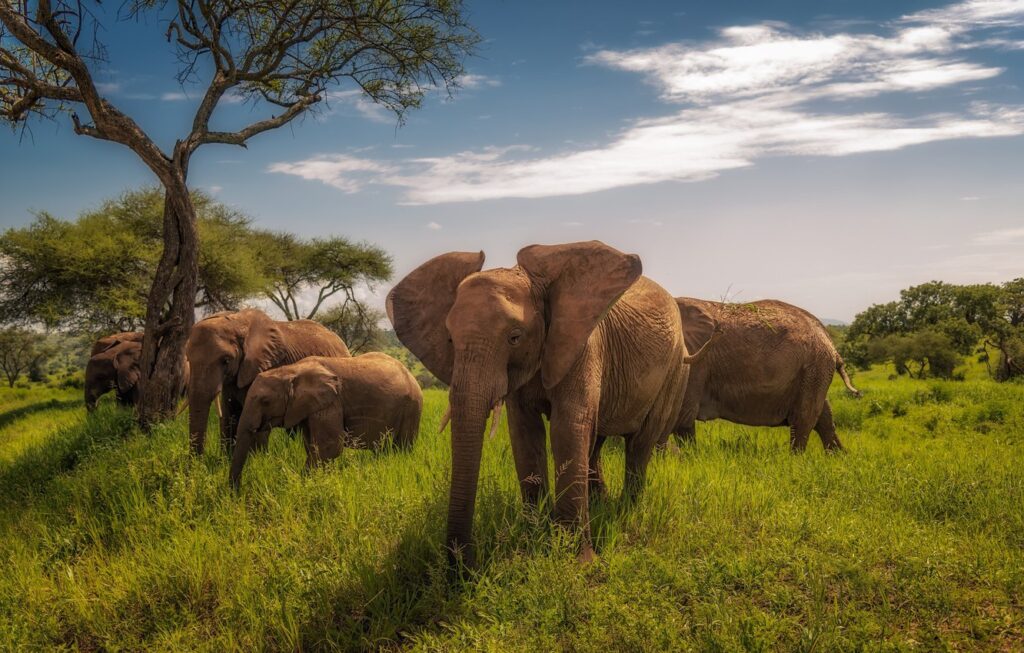
The Ngorongoro Crater was formed around 2.5 million years ago when a giant volcano exploded and collapsed on itself. Now an enclosed ecosystem and World Heritage Site, the Crater is the best place in East Africa to see the Big 5. Measuring in at around 600 metres (1 970 feet) deep, the Crater’s floor covers about 260 square kilometres (100 square miles). Its surprisingly diverse habitats support around 30 000 animals.
- East Africa’s most reliable Big 5 sightings.
- One of the Seven Natural Wonders of Africa.
- Home to some of Africa’s densest large mammal populations.
3. Go Off the Beaten Path
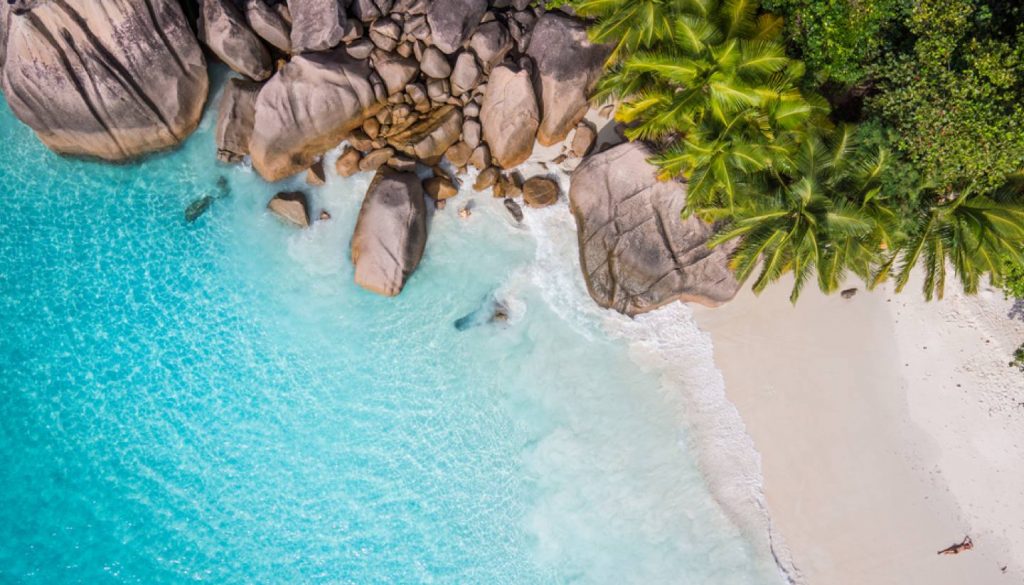
Tanzania’s little-visited parks and reserves are ideal for intrepid safari-goers and those who have already experienced the more familiar destinations in Northern Tanzania. From savannahs and swamps to rainforests and lakes, Tanzania’s undiscovered safari spots offer incredible wildlife encounters far away from the crowds. Plus you can enjoy activities like fishing, walking and boating safaris, and off-roading and night drives – activities not permitted in national parks like the Serengeti.
- Discover Ruaha National Park, Tanzania’s best-kept secret and home to the country’s biggest elephant population.
- Visit Nyerere National Park (Selous Game Reserve), one of Africa’s most important sanctuaries for endangered wild dog.
- Journey to Mahale Mountains or Rubondo Island for one of Tanzania’s most unique safari experiences: chimpanzee trekking.
4. End Your Safari on a Tropical Island
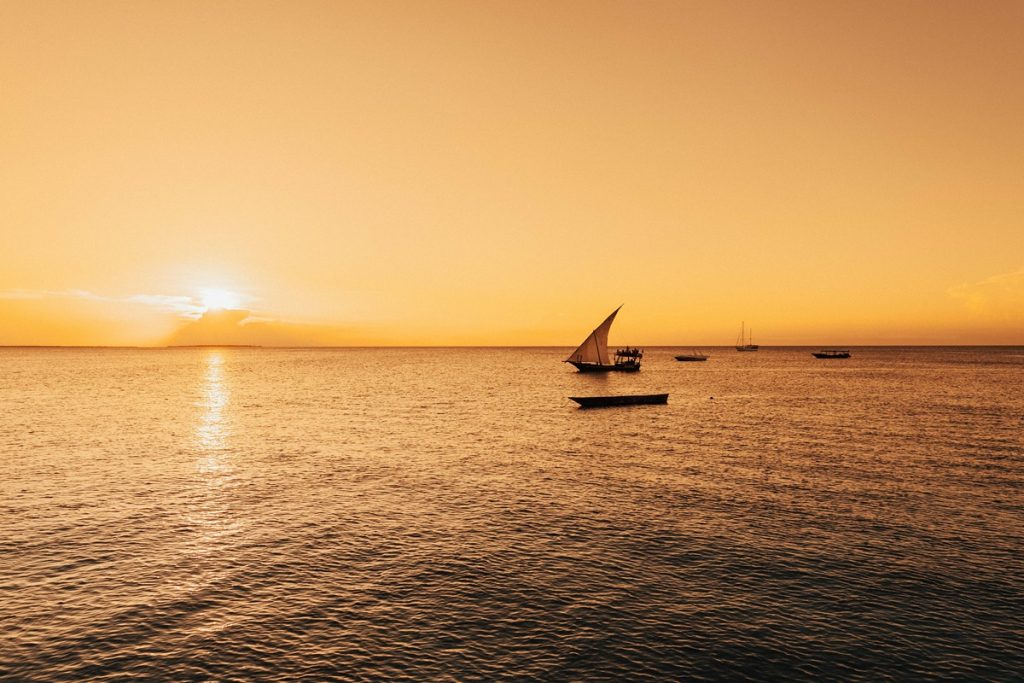
Many Tanzania safaris end with a relaxing stay on a palm-fringed beach lapped by the Indian Ocean’s warm azure waters. Days on safari can be long and dusty, and a sun-kissed tropical island is the ideal place to reflect on your incredible experience before heading back to everyday life. You can easily fly from a Tanzania safari camp after breakfast and be on a powder-soft beach in time for sunset cocktails.
- Zanzibar – one of the world’s most romantic honeymoon destinations.
- Mnemba Island – a private island holiday paradise.
- Pemba Island – among the world’s best diving sites.
- Mafia Island – swim with migrating whale sharks (about October to April).
5. Climb Africa’s Highest Mountain
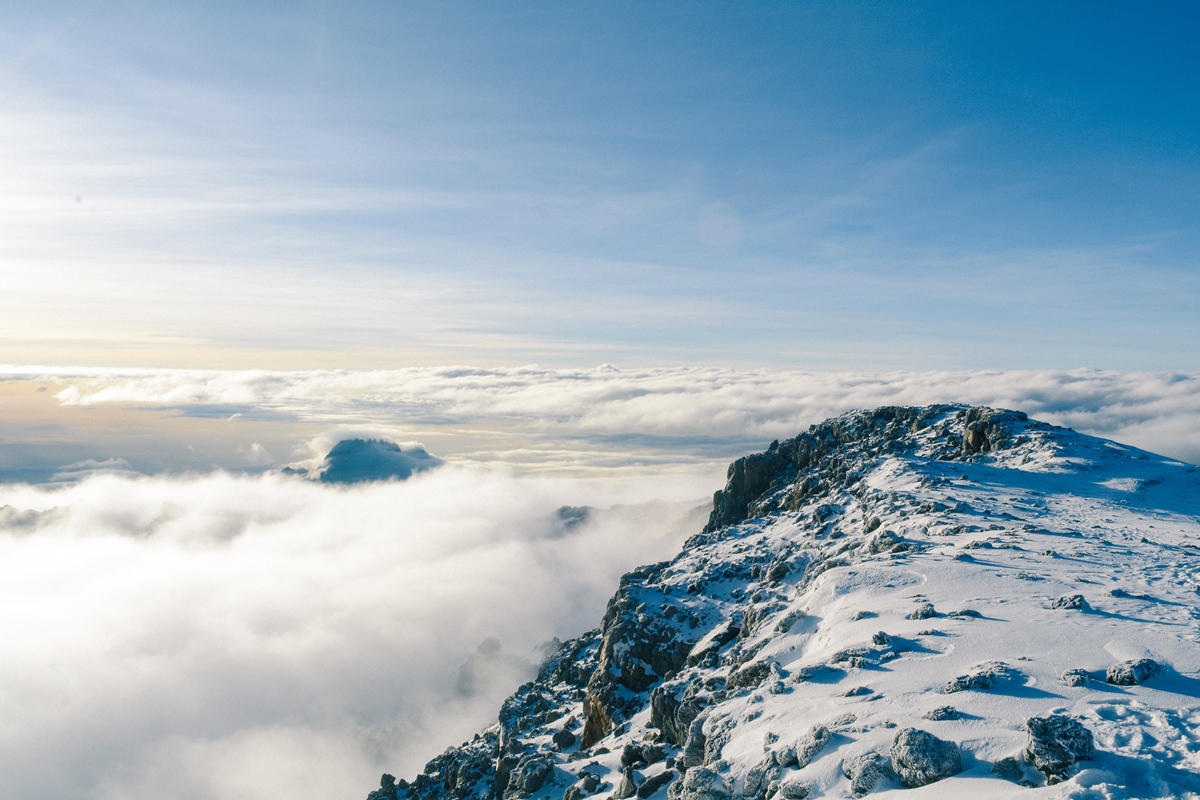
Mount Kilimanjaro is not only the tallest mountain in Africa, it’s also the highest free-standing mountain on Earth. Rising almost 6 kilometres (4 miles) above Tanzania’s plains, climbing to the ‘Roof of Africa’ can take five or more days to complete. There are many routes to the top with varying levels of difficulty, climbing time, crowdedness and natural beauty. Chat with one of our Experts about planning a Kilimanjaro hike, based on your wishes and abilities. We can also easily combine your Kili experience with a Tanzania safari in nearby parks and reserves.
What travellers most enjoyed about Tanzania

Scenery

Beaches

Wildlife And Safari

Wildebeest Migration

Private Concessions And Conservancies

Hot Air Ballooning

Mobile Camping

